A couple of weeks ago, we received a question from reader Jane B.: There’s been an flooding of moonshine on the market these days and I’m wondering what kind of cocktail can you make with moonshine? Any ideas would be welcomed.
I love this question! Because there are two ways of answering it: the really easy, short way, where I get right to the point and talk about a fun cocktail. And the much longer way, where I get to talk about all sorts of interesting things, like barrel aging and Prohibition and chemistry and history and stock car racing. So get set. – Andrew
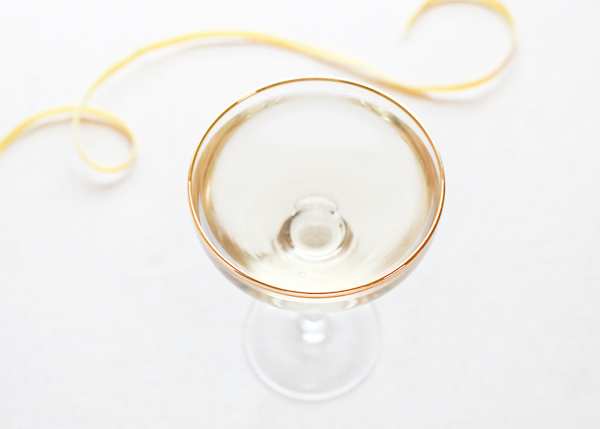
Ok. To get right to the point for everyone who’s just interested in our recipes and Nole’s beautiful photos: if you see moonshine for sale in a store, you’re seeing a marketing gimmick. Some folks are trying to pass of regular unaged whiskey as moonshine. It’s not moonshine. It’s unaged whiskey. Moonshine is, more or less, privately distilled illegal spirits. It might be distilled from corn or sugar or wood pulp. It might be 80 proof or it might be 180 proof. It might be mostly ethanol, which you can drink, or it might be full of methanol, which could blind you. You might be able to buy it, in an actual mason jar of course, if you know a guy who knows a guy whose cousin knows a guy who makes moonshine. You can’t buy it in a store. But unaged whiskey marketed as moonshine is trendy. It’s forbidden. It’s Americana. It’s cool.
And that’s ok. There are some great unaged whiskeys for sale today. And unaged whiskey, also called white whiskey or white dog whiskey, can stand on its own as a spirit, though a very different beast from an aged bourbon or rye whiskey. Unaged whiskeys carry lots of raw flavors, like sweet corn and fruity notes, the sort of flavors you might expect form a silver Tequila, without the agave’s sour finish. I love the way white whiskey pairs with apertif wines, so here’s my contribution:

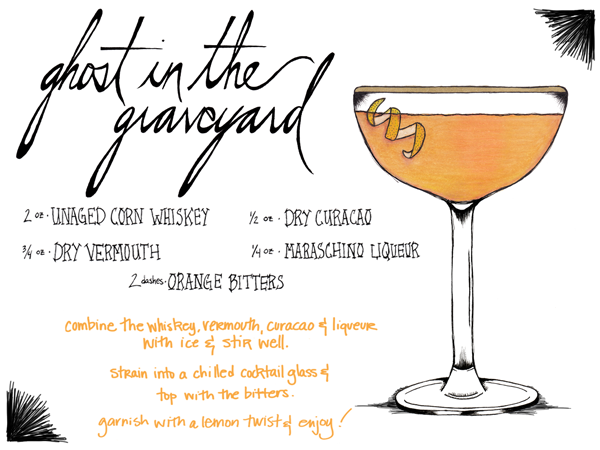
Illustration by Nicole Miazgowicsz for Oh So Beautiful Paper
Ghost in the Graveyard
2 oz Unaged Corn Whiskey
3/4 oz Dry Vermouth
1/2 oz Dry Curacao
1/4 oz Maraschino Liqueur
2 Dashes Orange Bitters
Combine the whiskey, vermouth, curacao, and liqueur with ice and stir well. Strain into a chilled cocktail glass and top with the bitters. Garnish with a lemon twist and enjoy.
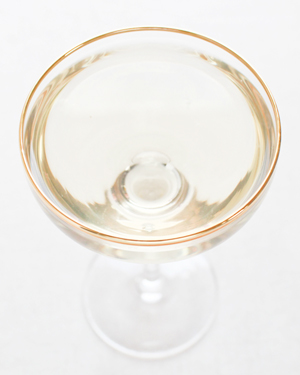
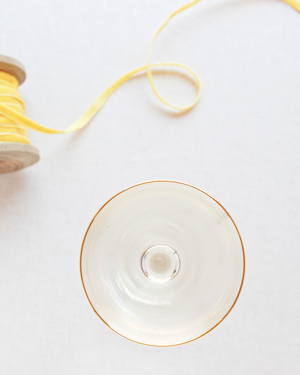
Didn’t I say this was the short version? Yeah. The Ghost in the Graveyard will look like a Martini but taste completely different: sweet and fruity from the corn, with its rougher edges mellowed by the vermouth, and finishing with the citrusy and nutty notes of the liqueurs and a bit of the whiskey’s alcoholic heat. Served ice cold, it’s  actually quite apt for summer, both refreshing and full of sweet summer corn notes. It’s deeply satisfying and one of the recipes I’m prouder of.
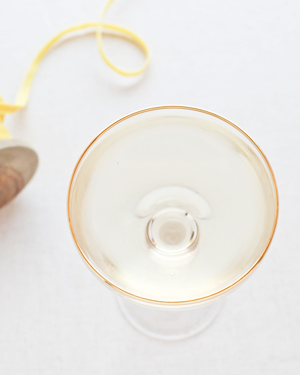
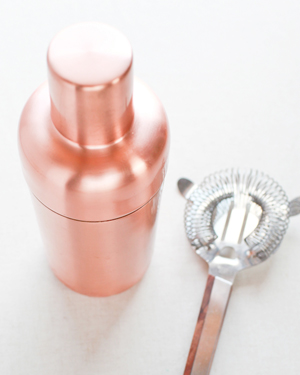
Like an unaged silver or blanco Tequila, a white whiskey is full of alcohol heat and sharp, rough edges – so try pairing two ounces of white whiskey with an ounce of triple sec and 3/4 ounce lime juice to make something like a whiskey Margarita. White whiskey also pairs really well with apple cider and with ginger beer. It’s versatile, but don’t think of it like a rich, oaky bourbon or a deep, spicy rye.
Want to know more about white whiskey and the history of moonshine? Keep reading!
Ok! Let’s talk a little bit of history. Almost all whiskey in America is aged in wooden barrels. Straight bourbon whiskey, for example, must rest in wooden barrels by law for at least two years to be sold as such in the states. Aging whiskey or any other spirit in a wooden barrel will impart lots of different flavors, gives the whiskey that great brown color, and will mellow the rougher edges and heat of a young spirit. This wasn’t always the case. Back when George Washington was distilling whiskey near his Mount Vernon estate, Americans were drinking their whiskey unaged, straight from the still: raw, hot, rough, and cheap. Sometime between then and now, at least by the early 19th century and almost certainly by happy accident, someone figured out that whiskey left in a barrel for a long time is pretty tasty. (My guess is that at least one shipment was dumped out – this whiskey is all brown and ruined! – before they realized what a treasure they had.)
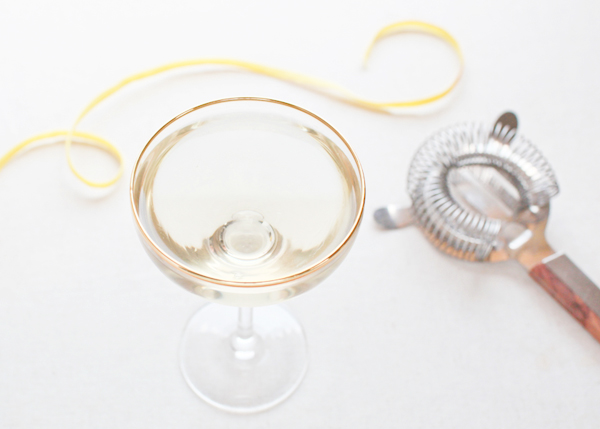
So, for many years, almost all whiskey sold in America has been brown and aged. But another someone figured out pretty recently that unaged whiskey has turned into a novelty, and distillers have been taking advantage of this over the last few years to sell (and mark up) the cost of unaged white whiskey. Please do try unaged white whiskey, but know what you’re buying (and don’t fall for the gimmicks). Aging a spirit costs more: it can take years to bring a product to market, and a portion of each batch is lost to evaporation (aka the angels’ share). An unaged whiskey, in contrast, can be sold as soon as it’s produced, has little to no loss, and should be cheaper. Take a look at a brand’s offerings: if they’re selling an unaged whiskey for the same price or higher than they’re selling an aged, brown spirit, then someone’s trying to take advantage of you. Shop around.
Which counts double for spirits that call themselves moonshine when they’re really not. Moonshine – the name evokes the clandestine nature of its production – dates back at least to the Civil War. Then, home distillers sought to evade taxes on liquor production and the Confederacy, desperate to feed its troops under a Union blockade, outlawed the diversion of grains to alcohol production. But moonshine really came of age during Prohibition, when all alcohol production was outlawed. Home distillation – and resisting laws against it – has an especially proud history in places like Appalachia. Long isolated from the country’s commerce, residents of marginal areas like Appalachia turned to distilling as a way of turning hard-to-transport grain into shippable liquor, and of earning cash in an otherwise subsistence economy. (This is far from unique in American history – the Whiskey Rebellion of 1791, one of America’s many other civil wars and the first and last time a sitting president led troops to war, was over the same issues of frontier home distilling and liquor taxes.) The sport of stock car racing – including NASCAR and The Dukes of Hazard – has its origins in the suped-up cars of Appalachian moonshine runners outrunning Prohibition agents.
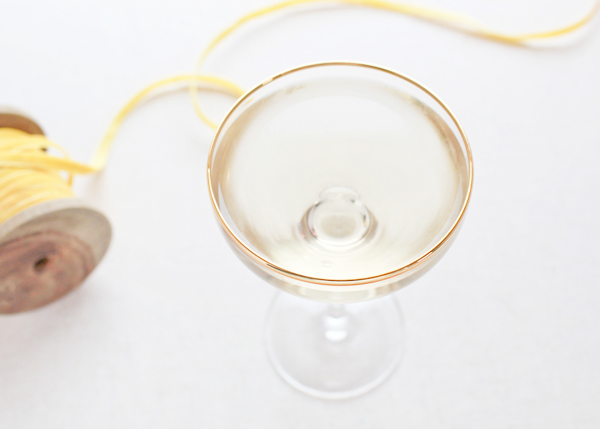
Jimmy Carter legalized home brewing in 1978, but home distilling remains illegal. This is for some good reasons, like public safety, so we’re not drinking poorly distilled spirits full of poisonous chemicals. This is also for bad reasons, like licensing fees and locking competitors out of the market. But whatever the reason, moonshine is still illegal, and what you see on store shelves is a lot more boring than illegal hooch. So, I’m suspicious of anything marketed as “moonshine” – but do go enjoy some unaged whiskey!
Photo Credits: Nole Garey for Oh So Beautiful Paper
